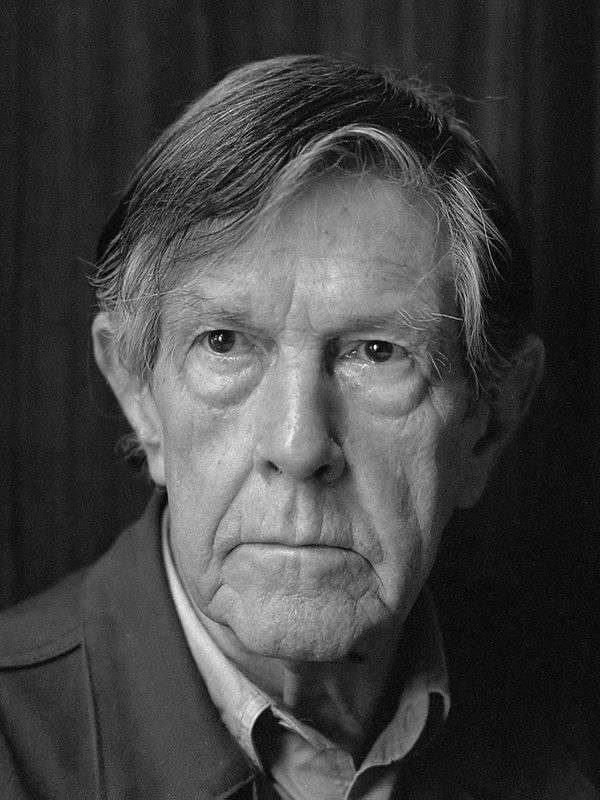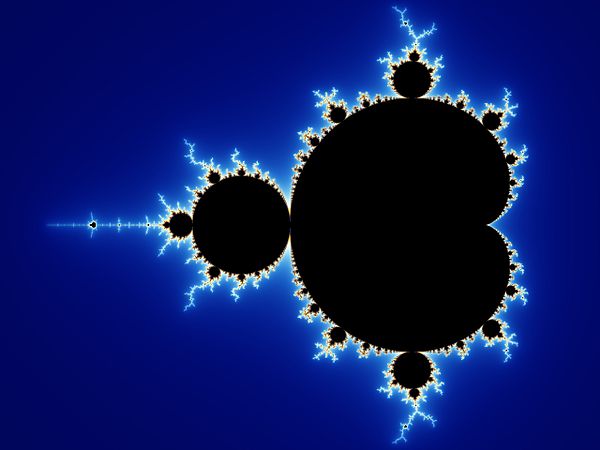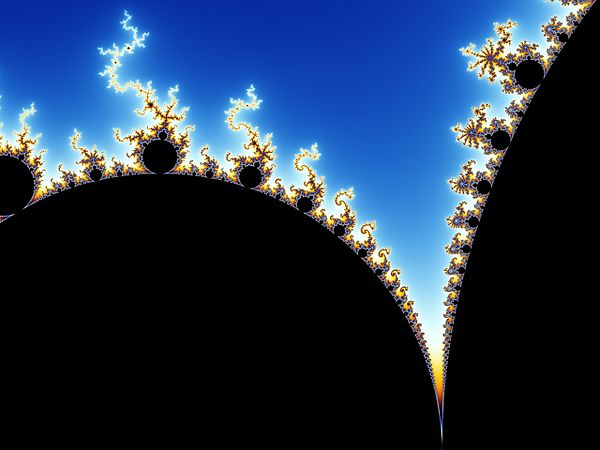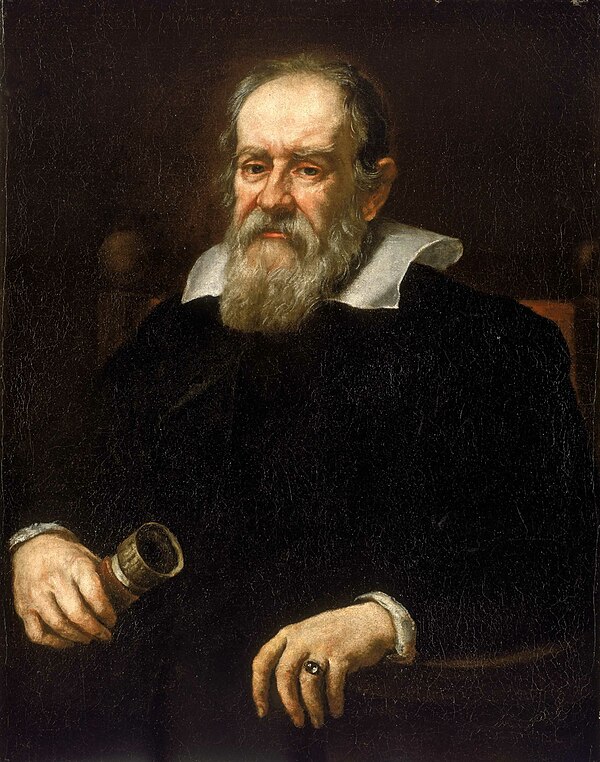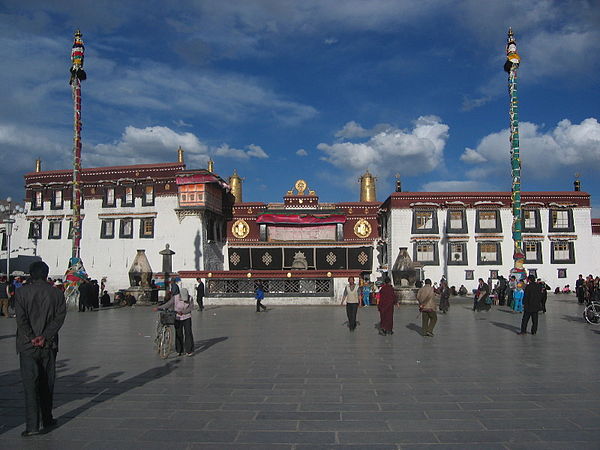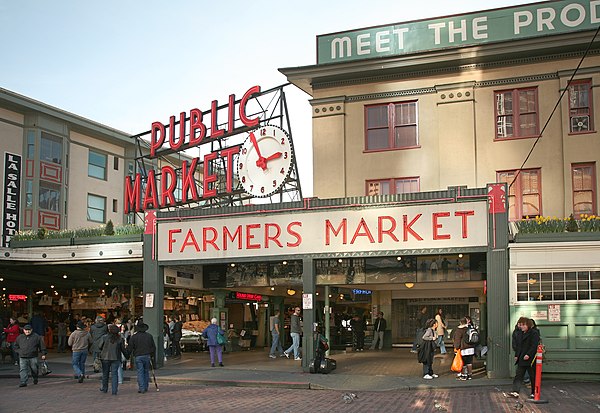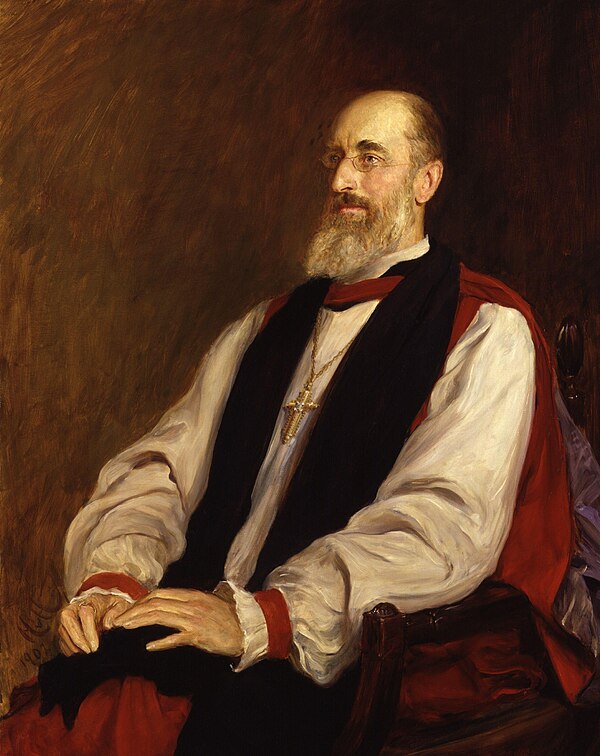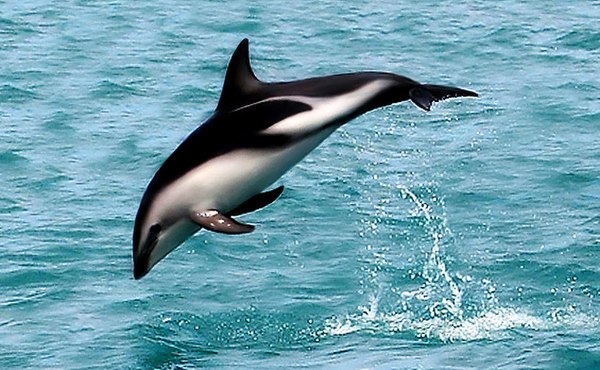20250910
From today's featured article

Hydrogen is a chemical element with the symbol H and atomic number 1. It is the lightest and most abundant element, constituting about 75% of all normal matter. The Sun is mainly hydrogen in a plasma state. Under standard conditions, hydrogen is a gas of diatomic molecules with the formula H2; it is colorless, odorless, non-toxic and highly combustible. On Earth, hydrogen can exist in its gaseous state and in molecular forms, such as with oxygen in water (H2O). The most common isotope of hydrogen (1H) consists of one proton, one electron and no neutrons. Hydrogen gas was first produced artificially by the reaction of acids with metals. Henry Cavendish, in 1766–1781, identified hydrogen gas as a distinct substance and discovered its property of producing water when burned; its name means water-former in Greek. Its main industrial uses include fossil-fuel processing and ammonia production for fertilizer. Emerging uses for hydrogen include the use of fuel cells to generate electricity. (Full article...)
Did you know ...
- ... that Chermin Island (pictured), at the mouth of the Brunei River, became Abdul Hakkul Mubin's administrative seat during the Bruneian civil war?
- ... that Herbert Brandl once created a large mountain painting in about 15 minutes?
- ... that the baseball biopic 42 was screened in the White House?
- ... that Yoolya, a member of the Nyigina who was taken from his people as a child, was in later life committed to both Aboriginal and Catholic beliefs?
- ... that a former beauty consultant created the manga guide Makeup Is Not (Just) Magic?
- ... that Di Botcher was inspired to complete a first-aid course after playing the paramedic Jan Jenning in Casualty?
- ... that Ezra Dotan shot down two MiG-17s while flying an aircraft not designed as a fighter?
- ... that there are rock paintings around Potrok Aike, a lake that is an important source of water in the region?
- ... that Ian Matakis once won a World Series of Poker bracelet while competing in another tournament at the same time?
In the news
- Italian fashion designer Giorgio Armani (pictured) dies at the age of 91.
- A derailment on the Ascensor da Glória funicular railway in Lisbon, Portugal, kills 16 people.
- President of Guyana Irfaan Ali wins a second term in the general election.
- In Sudan, a landslide destroys the village of Tarasin, killing at least 375 people.
On this day

- 1509 – An earthquake known as "The Lesser Judgment Day" hit Constantinople.
- 1622 – Fifty-five Christians were executed in Nagasaki during the Great Genna Martyrdom, part of persecution towards Christians in Japan by the Tokugawa shogunate.
- 1858 – George Mary Searle discovered the asteroid 55 Pandora (pictured) from the Dudley Observatory near Albany, New York; it was his only asteroid discovery.
- 1945 – Mike the Headless Chicken was decapitated on a farm in Colorado; he survived another 18 months as part of sideshows before choking to death.
- 2009 – Members of the Atlanta Police Department conducted a raid on a gay bar, with patrons later alleging that their constitutional rights had been violated and the city agreeing to pay over $1 million in settlements.
- William Morgan (d. 1604)
- Giovanni Antonio Grassi (b. 1775)
- Adele Astaire (b. 1896)
- Chandra Khonnokyoong (d. 2000)
Today's featured picture

Plantago lanceolata, also known as the ribwort plantain, among other names, is a species of flowering plant in the plantain family Plantaginaceae. It is native to Europe and western Asia and has also been introduced elsewhere in the world, including North America, Oceania, Japan, South Africa and Chile. The plant is a rosette-forming perennial herb, with leafless, silky, hairy flower stems, typically growing to 45 centimetres (18 in) in height. The flower stalk is deeply furrowed, ending in an ovoid inflorescence of many small flowers each with a pointed bract. Plantago lanceolata is used in herbal teas and other herbal remedies and is also employed as a prop in various children's games. This P. lanceolata inflorescence was photographed in Kulna, Estonia.
Photograph credit: Ivar Leidus
























